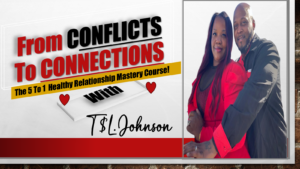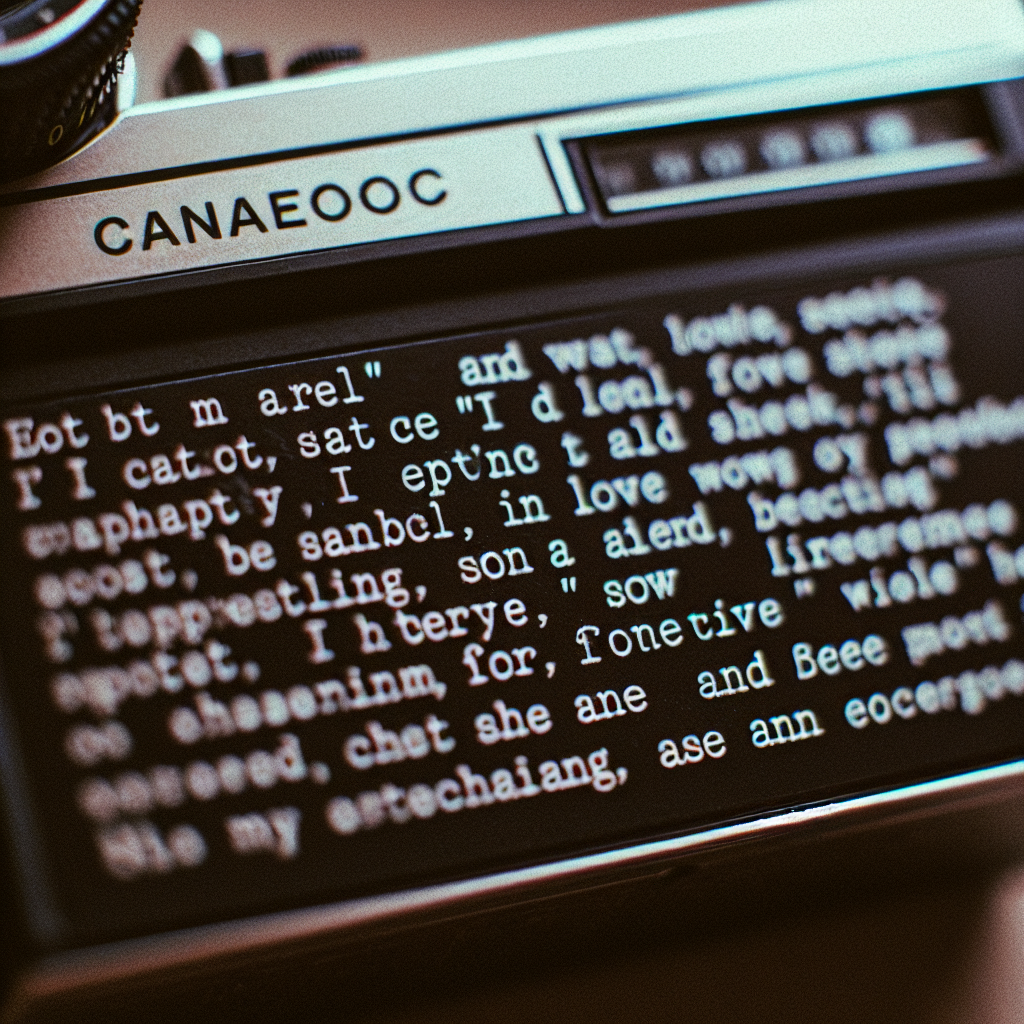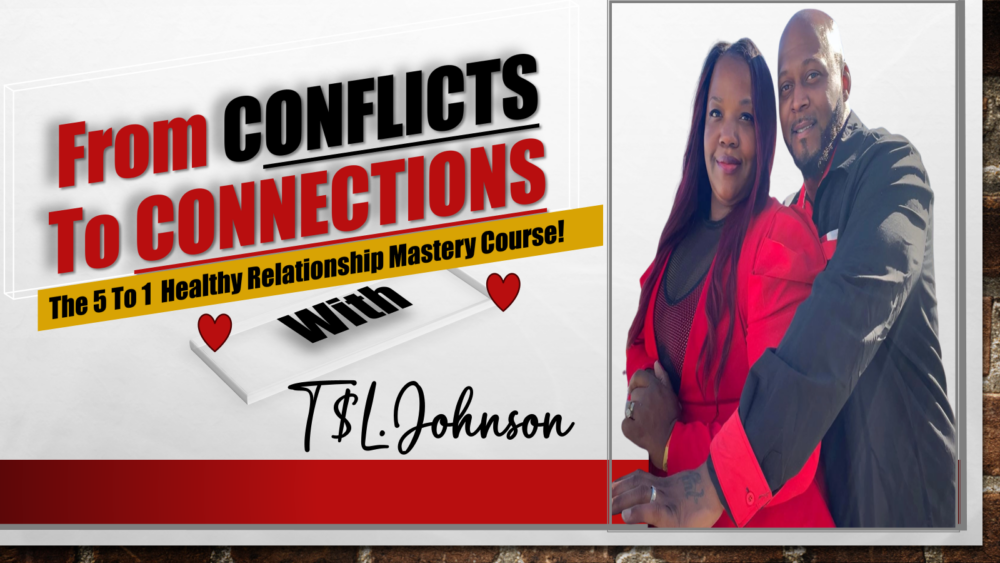Understanding Emotional Intimacy
What is Emotional Intimacy?
Emotional intimacy is a deep sense of closeness and connection with another person. It’s not just about sharing secrets, but it’s about being vulnerable and open. For me, this form of intimacy has been pivotal in strengthening my relationships, whether it’s with friends or romantic partners. Understanding this concept is essential to fostering deeper connections.
When I think of emotional intimacy, I envision a space where both parties feel safe. It’s about creating a mutual understanding and allowing ourselves to share our insecurities and fears. It’s in these moments of vulnerability that we truly connect.
The beauty of emotional intimacy is that it can grow over time. It doesn’t happen overnight; it’s built through shared experiences and open dialogue—conversations that aren’t just surface-level chit-chat but delve into our hopes, dreams, and fears.
Why is Emotional Intimacy Important?
Emotional intimacy brings trust and safety to relationships. When I’ve engaged in emotionally intimate conversations, I’ve noticed that I am more willing to open up and be my authentic self. This transparency invites my partner or friend to do the same, and the result is a profound connection that is often absent in relationships where such intimacy is lacking.
Furthermore, emotional intimacy can act as a buffer against misunderstandings and conflicts. When you understand each other at a deeper level, you’re less likely to misinterpret actions or words. I’ve found that knowing someone well allows for grace and understanding during tough conversations.
In times of stress or uncertainty, having that emotional bond can be incredibly comforting. The assurance that someone truly knows and cares for you makes all the difference during challenging times.
How to Foster Emotional Intimacy
Creating emotional intimacy is an ongoing process that requires effort. From my experience, it involves active listening, empathy, and a genuine interest in your partner’s thoughts and feelings. You’re not just waiting for your turn to speak; you’re fully engaged in the conversation.
Another essential step in fostering this intimacy is to share personal stories and experiences. Every time I expose a piece of my life, I invite the other person to do the same. This creates a beautiful cycle of sharing, where both parties feel valued and understood.
Lastly, giving each other space to be vulnerable is crucial. Not everyone opens up at the same pace, and that’s okay. Allowing your partner time to express themselves without pressure can lead to those “aha” moments when true intimacy is formed.
Open Conversations: The Backbone of Intimacy
Starting Difficult Conversations
Diving into open conversations can feel daunting, especially when we know that difficult topics are on the table. But from my experience, these conversations often lead to the richest moments of connection. It’s like peeling back layers of an onion—sometimes you cry a little, but eventually, you get to the heart of it!
To kick things off, I suggest choosing a low-stakes context first. Rather than jumping right into the heavy stuff, start with lighter topics that might lead to something deeper. This builds comfort between both parties, making that eventual deep conversation feel more natural.
I’ve found that using “I” statements can help greatly. Instead of saying, “You always…” try, “I feel…” This method reduces defensiveness and opens the door to genuine dialogue.
Encouraging Vulnerability
Being vulnerable is often seen as a weakness, but in my journey, I’ve discovered it’s actually a strength. When I am open and share my struggles, it encourages others to do the same. It’s this back-and-forth sharing that builds trust and deepens emotional intimacy.
A simple way to encourage vulnerability is to actively listen without judgment. I make a point to validate what others are feeling, showing them that their thoughts are safe with me. After all, vulnerability thrives in an atmosphere of acceptance.
Another technique that has worked for me is to share not only my successes but also my failures. It’s humanizing and lets people resonate with my experiences. This shared humanity helps break down barriers, allowing for deeper emotional connections.
Practicing Active Listening
Active listening is a game-changer in any relationship. It involves fully concentrating on what is being said instead of merely passively hearing the words. From my perspective, it’s key to emotional intimacy because it shows the other person that their feelings and opinions matter.
One way I practice active listening is to reflect back what I’ve heard. For instance, I might say, “It sounds like you felt…” This not only shows that I’m listening but gives them the chance to clarify or elaborate if I’ve misunderstood.
Following up on previous conversations is another method I love. It shows that I care and remember what they’ve shared, reinforcing that emotional bond. Remembering small details helps build an atmosphere of trust and connection.
Creating Safe Spaces
Choosing the Right Environment
The environment plays a massive role in how open and intimate a conversation can become. When choosing a location, I prefer somewhere private and comfortable where both parties feel at ease. A cozy coffee shop or a quiet park bench can be perfect for those heartfelt talks!
A smooth, relaxed setting minimizes distractions and allows for deeper dialogue. It’s crucial for both people to feel at home, ensuring that the topics at hand can be discussed without interruption or discomfort.
Furthermore, I’ve found that setting the stage with a relaxed tone, perhaps with some soft music in the background or a warm beverage in hand, can help in creating a safe space. The little things make a big difference!

Encouraging Open Expression
Creating a safe space isn’t just about the physical setting but also about fostering a culture of openness. I encourage my friends and partners to express their feelings, no matter how trivial they might think they are. The act of sharing feels like a breath of fresh air.
One technique I’ve adopted is to ask open-ended questions that elicit more than just a yes or no answer. Questions like, “How did that make you feel?” invite a deeper conversation and encourage them to share their thoughts.
It’s also important to affirm their feelings. A simple acknowledgment can go a long way. I find that just saying, “I understand,” helps others feel validated and promotes a more open discussion.
Regular Check-Ins
Regularly checking in with each other is a fantastic way to maintain emotional intimacy. I often make it a habit to ask how the other person is feeling about our relationship. It doesn’t have to be a heavy conversation; it can be as simple as, “How do you think we’re doing?”
These touchpoints create opportunities to address any concerns before they fester into larger issues. In my experience, it’s much easier to maintain intimacy through these regular conversations rather than waiting for something to go wrong.
Lastly, I’m proactive about showing appreciation for the relationship itself. Expressing gratitude helps to create a positive feedback loop, enhancing emotional intimacy and making check-ins feel more natural and welcomed.
Emotional Intimacy in Practice: Real-Life Examples
Case Study: Sharing Personal Stories
I recall a time when I opened up about my struggles with anxiety during dinner with a close friend. Instead of my usual “I’m fine,” I shared my small victories and the tough days. The conversation took a turn that deepened our connection; she felt safe sharing her own struggles with mental health.
This moment showcased how powerful sharing personal stories can be. It inspired not just mutual support, but a willingness to be more honest about our experiences moving forward.
Looking back, that single dinner changed our relationship. It became a catalyst for regular check-ins and a safe space for both of us to express our feelings openly.
Case Study: Difficult Conversations
On another occasion, I had to bring up some concerns about a friend’s behavior. Initially, I was nervous, but I knew it was essential for our friendship. I prepared by thinking through my feelings, ensuring that I approached with care and empathy.
When I finally voiced my concerns, my friend was receptive, and we both expressed ourselves openly. What followed was an enriching discussion that not only cleared the air but also strengthened our bond.
This experience taught me that navigating difficult conversations is part of creating emotional intimacy. It’s not about avoiding conflict but embracing it as a chance to grow closer.
Case Study: Regular Check-Ins
One of my close relationships transformed through regular check-ins. We set a weekly time to catch up, and I noticed that those moments became a safe haven where we could share honestly and openly, reflecting on our lives and feelings.
During those check-ins, we grew more comfortable talking about boundaries, challenges, and what we appreciated about each other. It turned out that these small, intentional moments were instrumental in maintaining our emotional intimacy.
Now, I can’t imagine our friendship without those regular talks. They embody the essence of creating a safe space to express, reflect, and grow together.
FAQ
1. What is emotional intimacy?
Emotional intimacy is the closeness we feel with another person through shared feelings and vulnerabilities. It’s about being open, honest, and vulnerable in a relationship.
2. Why are open conversations important for emotional intimacy?
Open conversations allow us to understand each other better and build trust. They create a space where both parties can express their thoughts and feelings without fear of judgment.
3. How can I start a difficult conversation?
Start by choosing a comfortable setting, using “I” statements, and being mindful of timing. Approach the topic gently and be prepared to listen as much as you speak.
4. What if my partner doesn’t want to engage in open conversations?
If your partner is hesitant, try to create a safe environment that encourages sharing. Keep the conversation low-pressure and address their concerns openly.
5. How often should I check in with loved ones?
Regular check-ins can differ for everyone; however, making it a habit—maybe weekly or bi-weekly—can help maintain emotional intimacy. It’s about finding what works best for your relationship.

Schedule Your First 20-Minute Coaching
Call With Us Today to see if we fit . You pick the price!
Click Here






